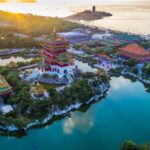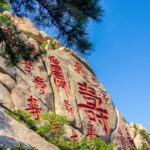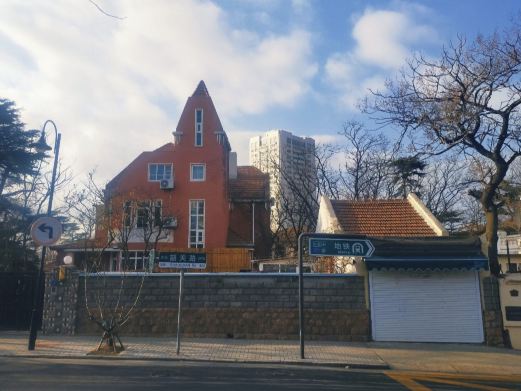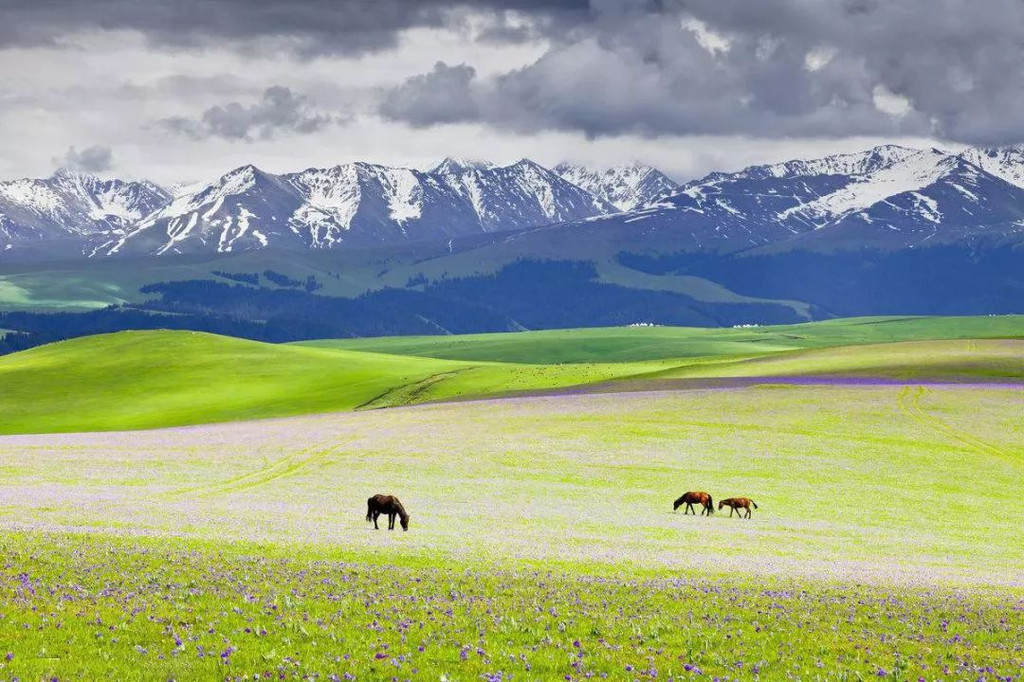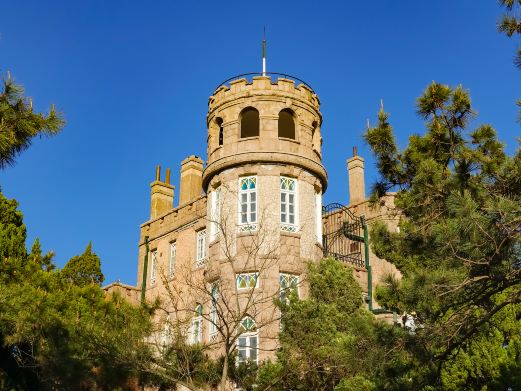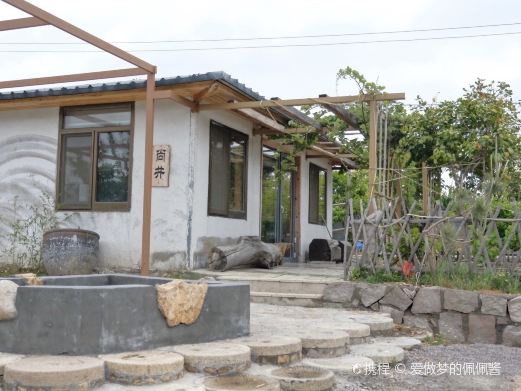Qingdao Museum is located in the eastern part of Qingdao city, near the Shilaoren Seawater Bathing Beach and the International Convention and Exhibition Center. The museum features the large-scale permanent exhibition ‘Qingdao History Tales’, with a rich collection of ancient calligraphy, ceramics, bronze ware, jade, coins, oracle bones, and more. After enjoying the natural scenery of Qingdao, visitors can delve into the city’s ancient and modern history here. The museum spans three floors, and audio guides can be rented at the service desk. The first floor hosts the upper part of ‘Qingdao History Tales’, titled ‘Ancient Charm’, as well as temporary exhibition halls. The ‘Ancient Charm’ exhibition displays various cultural relics such as ceramics, bronzes, jade, coins, oracle bones, bamboo, wood, and ivory artifacts, showcasing the development of ancient history in the Qingdao region from the Neolithic period to the Ming and Qing dynasties and numerous significant historical events.
The second floor presents the lower part of ‘Qingdao History Tales’, ‘Glimpses of Time’, which displays the evolution and changes of Qingdao from the late Qing Dynasty to the founding of the People’s Republic of China. Many valuable historical photographs and war relics, such as weapons and firearms, are exhibited here. This floor also features a special calligraphy and painting exhibition, primarily showcasing works by famous artists of the Ming and Qing dynasties, including Wen Zhengming’s running script poetry scroll, Dong Qichang’s calligraphy masterpieces, and Lin Zexu’s running script, among others. The third floor is particularly notable for its display of Ming and Qing dynasty porcelain, one of the featured collections of Qingdao Museum. Visitors can admire an array of exquisite porcelain pieces, including works from renowned kilns. Additionally, there are dedicated exhibition halls for ancient crafts such as lacquer carving, jade carving, inkstone, and enamel, as well as special exhibitions on Shandong folk woodblock New Year paintings and the paintings and calligraphy of Qingdao-born artist Gao Fenghan. The two Northern Wei stone Buddha statues displayed in the museum’s west hall are the museum’s treasures. These well-preserved statues, each standing six meters tall, have a history of 1500 years. They are nearly identical in shape, with skilled carving techniques and lifelike expressions. Originally located in the Longquan Temple in Linzi, the Japanese invaders twice attempted to transport them to Japan during their invasion of China, but ultimately failed. Opening hours are from May 1st to October 7th, Tuesday to Sunday, 09:00-19:00; closed all day on Mondays; from October 8th to April 30th, Tuesday to Sunday, 09:00-16:30; and on New Year’s Day, Spring Festival, Qingming Festival, Labor Day, Dragon Boat Festival, Mid-Autumn Festival, and National Day, the museum is open from 09:00-19:00.Qingdao Museum
Qingdao Museum is located in the eastern part of Qingdao city, near the Shilaoren Seawater Bathing B[...]
